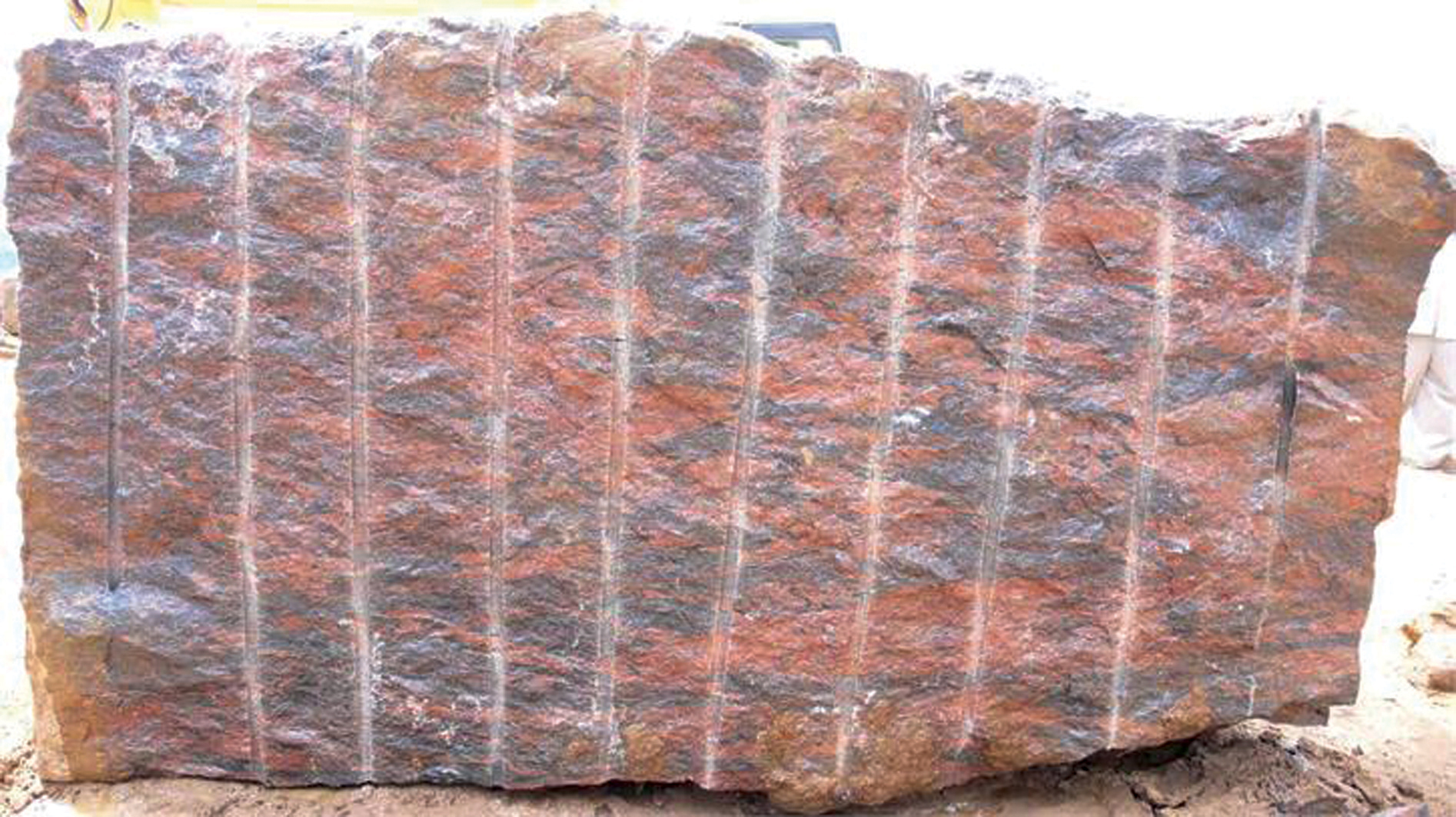Uncovering the Rich Background and Lasting Practices of Granite Quarrying
As we stand on the precipice of uncovering the complex tapestry of granite quarrying, a journey through time reveals not simply the physical act of drawing out stone yet additionally the social and historical relevance woven into the extremely material of this method. From the old beginnings that laid the foundation for contemporary quarrying strategies to the lasting practices that are shaping the future of this industry, each sculpt mark on granite surfaces narrates waiting to be discovered (granite quarries in south africa). The tradition of granite quarrying stretches much beyond plain removal; it is a testament to human ingenuity, durability, and the enduring allure of this majestic rock
Ancient Origins of Granite Quarrying
Going back to ancient people, the technique of quarrying granite has actually been an important component of human background and architectural innovation. The earliest evidence of granite quarrying days back to ancient Egypt, where large pyramids and detailed sculptures were crafted from this sturdy stone. The Egyptians utilized primitive tools to remove granite blocks from quarries, showcasing the value of this product in their significant building and constructions.
Moving on in background, the Greeks likewise made significant payments to the quarrying of granite. The Greeks used granite in different building wonders, such as holy places and sculptures, demonstrating their skill in shaping and carving this hardy rock. The Romans better improved the methods of quarrying granite, employing advanced devices like chisels and hammers to remove and shape granite for their renowned structures.
Via the centuries, the technique of quarrying granite has progressed, with modern-day technologies improving efficiency while keeping the classic charm of this all-natural rock - granite quarries in south africa. From ancient civilizations to contemporary builders, the heritage of granite quarrying continues to shape our world
Advancement of Quarrying Methods
The development of quarrying strategies has actually been marked by a continual development in the direction of greater effectiveness and accuracy in extracting granite. From the rudimentary techniques utilized by our ancestors to the innovative technologies made use of in modern quarrying operations, the market has undertaken substantial improvements. Early quarrying techniques entailed manual work with fundamental tools such as chisels, hammers, and wedges to remove granite blocks from the earth. As people advanced, strategies like fire-setting and primitive explosives were presented to facilitate the extraction process.
In even more recent times, the arrival of machinery reinvented the quarrying industry, enabling quicker extraction prices and boosted performance. Technologies such as ruby cable saws, high-pressure water jets, and pneumatic drills have actually ended up being standard in modern-day quarries, permitting for exact cutting and minimized waste. In addition, improvements in computer-controlled equipment and 3D modeling have actually optimized quarrying procedures, causing marginal environmental effect and boosted sustainability methods. As the demand for granite proceeds to increase, the advancement of quarrying strategies continues to be essential to conference industry requires successfully and sustainably.
Social Value of Granite
Granite holds an extensive social importance across numerous human beings due to its enduring visibility in building work of arts and admired monoliths. The social relevance of granite extends beyond its physical attributes; it personifies resilience, stability, and timelessness, making it a sign of enduring heritages and customs.

Lasting Practices in Quarrying
In the middle of the rich history of granite quarrying and its social significance exists a growing focus on sustainable techniques within the sector. As environmental understanding and concerns regarding resource exhaustion have actually enhanced around the world, the quarrying sector has our website actually progressively embraced sustainable methods to decrease its influence on the environment and bordering areas.

Moreover, recovery and rehabilitation of quarry sites post-extraction are essential to sustainable practices. By restoring quarried areas to an all-natural or advantageous state, such as creating wildlife habitats or entertainment spaces, quarriers can balance out the ecological footprint of their operations and contribute favorably to the regional community.
Heritage of Granite Quarrying
With a historic background soaked in workmanship and industrial progress, what enduring impact has granite quarrying left on the landscape of contemporary culture? The tradition of granite quarrying goes beyond simple removal practices; it has formed building wonders, urban landscapes, and social heritage worldwide. The long lasting nature of granite has actually made it a preferred option for monoliths, structures, and infrastructure, standing as a testament to the skill and creativity of quarry visit this website employees throughout generations.
Furthermore, the financial footprint of granite quarrying can not be forgotten. The sector proceeds to offer employment possibility and drive neighborhood economic situations in regions where granite removal is prevalent. It has actually also stimulated technological advancements in quarrying methods and tools, leading to extra efficient and lasting practices.
In regards to sustainability, the heritage of granite quarrying includes efforts to alleviate ecological influences with improvement tasks and accountable resource administration. By balancing economic rate of interests with ecological stewardship, the market makes every effort to ensure that future generations can proceed to gain from this enduring natural source.
Verdict

Comments on “A Journey Via Granite Quarries in South Africa: Introduction Nature's Artistry”